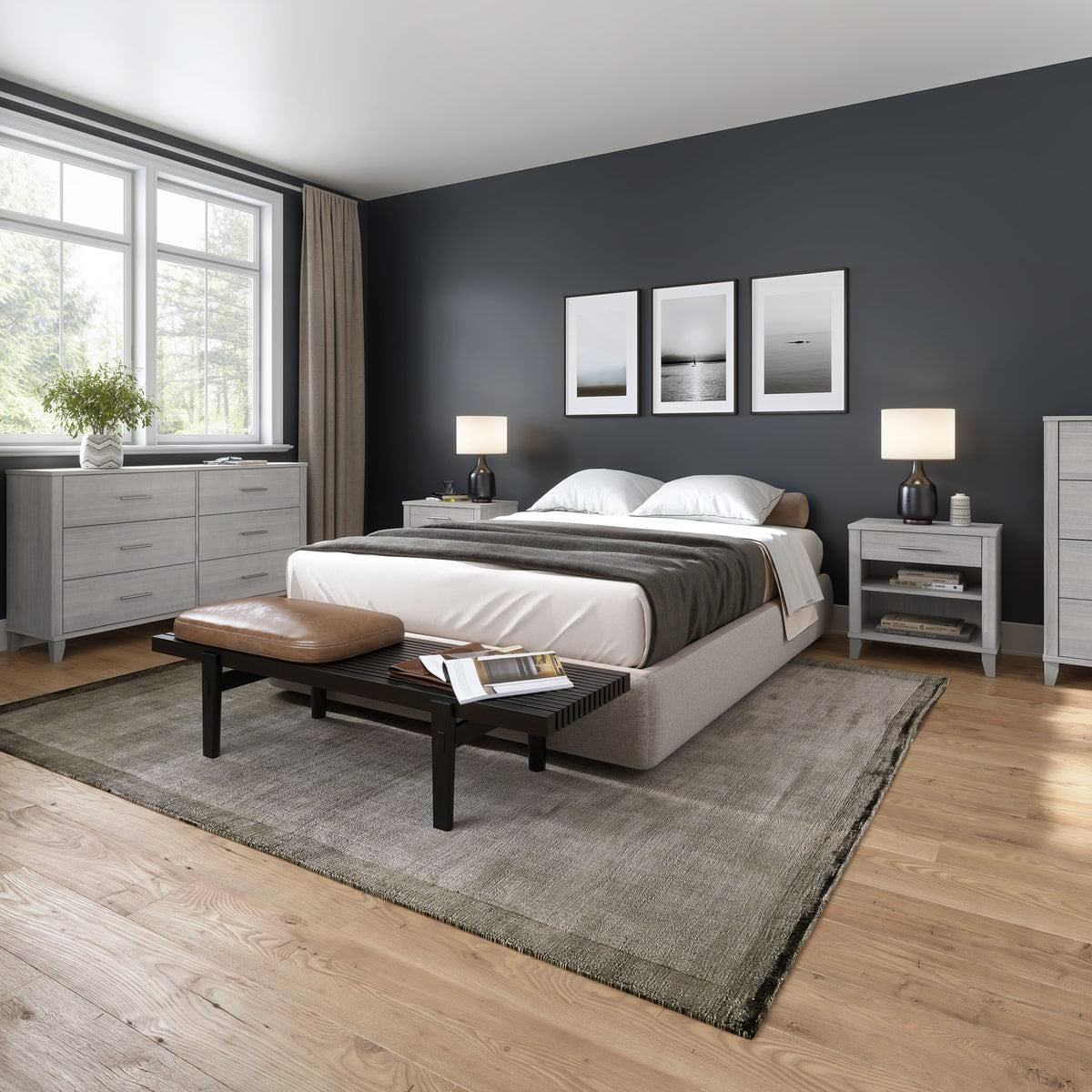Fashionable and resilient: The very best Products for Long-Lasting Furnishings
The choice of products for furniture design is a crucial factor in accomplishing both sturdiness and style. Hardwoods like oak and maple not just give visual heat yet additionally deliver extraordinary strength, while engineered timber offers an appealing alternative for budget-conscious consumers - Furniture.
Strong Wood Options

Softwoods like pine and cedar also existing practical options, albeit with various features. Pine is light-weight and easy to deal with, making it a superb option for rustic furniture, while cedar is normally immune to decay, ideal for outdoor applications.
It is vital to take into consideration the intended use of the furniture when selecting a timber kind. Items that endure heavy wear needs to prioritize tougher timbers, while attractive things may benefit from softer, a lot more visually attractive varieties. Ultimately, the right selection of solid timber not just boosts the long life of the furnishings yet also elevates the overall aesthetic of the space.
Engineered Wood Perks
Engineered timber, often referred to as composite timber, uses various advantages that make it a compelling option for lasting furnishings. One of the main advantages of engineered timber is its boosted security contrasted to solid timber. Constructed from layers of timber fibers or veneers, it lessens the danger of warping and splitting, which are usual issues with all-natural wood due to modifications in moisture and temperature.

In addition, crafted wood is an eco-friendly alternative, as it uses smaller trees and wood byproducts, promoting sustainable forestry practices. The manufacturing process additionally results in much less waste, making it a responsible selection for eco-conscious customers.
Metal Longevity
Using exceptional stamina and durability, steel is a prime material option for durable furniture. Recognized for its durability, steel can endure substantial damage, making it an optimal choice for both commercial and household settings. Whether it is steel, light weight aluminum, or functioned iron, each type of steel uses unique homes that add to the total sturdiness of the furniture.
Steel, as an example, is celebrated for its high tensile toughness and resistance to flexing, guaranteeing that pieces continue to be structurally audio with time. Aluminum, on the other hand, is lightweight and resistant to rust and rust, making it particularly appropriate for exterior furniture. Wrought iron, with its conventional appeal, boasts remarkable toughness and can endure extreme climate condition without endangering its integrity.
Along with its physical homes, metal furnishings usually undergoes protective anonymous therapies, such as powder coating or galvanization, which additionally improve its resistance to scratches and environmental factors. This degree of resilience makes metal furniture a worthwhile financial investment, as it not only maintains its visual allure however likewise stands the examination of time, making sure performance for years to find.
Furniture Choices
Choosing the ideal furniture is important for improving both the durability and aesthetic charm of furnishings. Upholstery materials can considerably impact the durability of an item, with options varying from natural fibers to artificial textiles.
Natural fibers, such as cotton and linen, offer breathability and convenience but might require even more maintenance to stand up to fading and use over time. Conversely, wool is a robust selection recognized for its durability and resistance to Check This Out discoloration, making it ideal for high-traffic locations.
For those looking for longevity with less upkeep, artificial materials like polyester and nylon offer superb options. These textiles are often engineered to be stain-resistant and fade-proof, making them ideal for family members with animals or kids. Microfiber, a subtype of polyester, is especially prominent for its soft structure and very easy cleansing buildings.
Leather, while usually more costly, adds an ageless elegance to furnishings. Its all-natural durability enables it to age wonderfully, establishing an unique aging over time. It calls for particular maintenance to protect its gloss.
Eventually, selecting furniture involves stabilizing visual choices with functional factors to consider, ensuring that the furniture not only looks excellent yet additionally stands the test of time. Furniture.
Sustainable Products
Emphasizing ecological responsibility, sustainable products have acquired prestige in furniture design, mirroring a growing understanding of environmental impact. These products not only minimize the carbon footprint however additionally make sure the long life of furnishings, adding to a round economy.
Common sustainable products include redeemed timber, which repurposes existing lumber, decreasing the requirement for logging. Bamboo is one more superb choice; it is fast-growing and needs marginal sources, making it an environment-friendly choice to conventional hardwoods. In addition, recycled steels and plastics are progressively utilized in furnishings manufacturing, promoting waste decrease and source preservation.
All-natural fibers such as natural cotton, hemp, and linen are preferred for furniture, as they are totally free and naturally degradable from harmful chemicals. The usage of low-VOC (unstable natural compounds) adhesives and finishes further enhances the sustainability of furnishings, making sure much better interior air top quality.
Conclusion
Solid woods like oak and maple provide strength and distinct character, while crafted timber offers security and cost-effectiveness. Sustainable products such as reclaimed wood and bamboo contribute to ecological obligation, making them perfect for contemporary furnishings remedies that focus on both design and sturdiness.
Engineered wood, usually referred to as composite wood, offers countless advantages that make it a compelling choice for resilient furniture. One of the key benefits of engineered wood is its enhanced stability compared to solid wood. Constructed from layers of wood fibers or veneers, it minimizes the danger of warping and breaking, which are usual issues with natural timber due to modifications in moisture and temperature level.
Solid timbers like oak and maple offer stamina and unique personality, while engineered timber provides security and cost-effectiveness. Lasting materials such as reclaimed timber and bamboo add to ecological responsibility, making them navigate to this site optimal for contemporary furnishings services that focus on both design and durability.